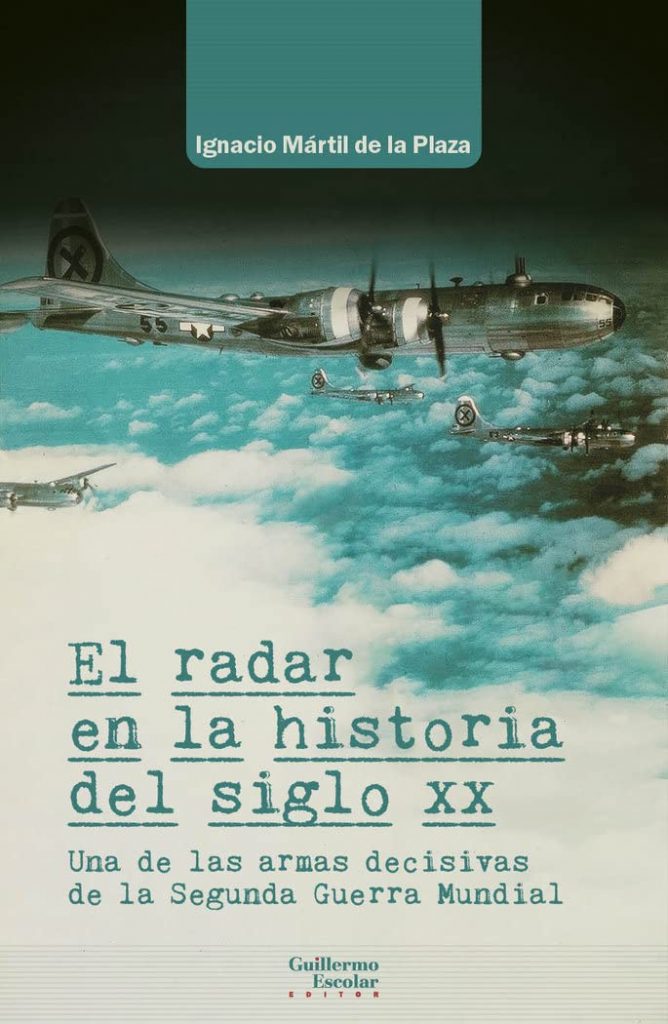
Few conflicts have generated as many books as World War II. However, practically no one stops to analyze the role that radar played in that conflict. A key device, as it allowed the contenders to detect in advance the movements of the adversaries both by sea and, above all, by air, thus changing the fate of the greatest war that Humanity has known.
«The radar in the history of the 20th century», a work written by Ignacio Mártil de la Plaza, manages to overcome this deficit, doing justice to an invention that has however been overshadowed - as far as the historiography of the Second World War is concerned - by other milestones such as the deciphering of the codes of the Enigma machine, or the development of the nuclear weapon. Despite the undoubted importance of both, which no one can dispute, perhaps it is radar in our daily lives that has had the greatest impact, being an indispensable tool for air traffic control, although it is by no means its only function.
The author, in a text profusely illustrated with images and photographs of the time, as well as with numerous graphics that help make technical explanations accessible, traces the history of radar, from its origins in the 19th century to the Second World War and the immediately following years. He also does it with an informative style, which makes it very bearable even for neophytes to delve into a topic that at times can be arduous and dry, but which is always exciting.
In fact, even though the historical part most related to the impact of radar on the war is entertaining and enriching, many will find, as has happened to us, that it is the first part of the book, more technical, that really surprises the reader. explain in great detail what the origin of radar was and also what milestones occurred until it became a functional tool. The appendices deserve special mention, through which the reader can help himself when understanding from the principles of operation of the radar to those of some of its parts.
What's more, having dedicated so many pages to this section is a major success, as it allows the reader to understand what comes next in all its depth. If it had been done differently, despite it having turned out to be a more than acceptable history book, many would have read it as a kind of very entertaining historical novel, but lacking depth.
In addition to the above, the author of «The radar in the history of the 20th century» has also already included at the end of the book a chapter in which it lists and explains the scientific and technological consequences of the radar development program, thereby managing to connect what happened more than 70 years ago with the present, also linking it with a topic of maximum news: semiconductors.
It is therefore a totally recommendable work that, in addition, is suitable for very different types of audiences, from those more interested in technique and with a certain level of knowledge who want to delve deeper into a specific topic such as radar to those who have increased interest in the scientific part of the Second World War. Of course, also for those who want to have another vision of air operations and anti-aircraft combat, because only by fully understanding the impact that radar had on them will they be able to understand in depth the development of battles such as the one in the Atlantic or the one in the strategic bombing campaigns over Germany. A work that you can acquire through the following link.



Be the first to comment